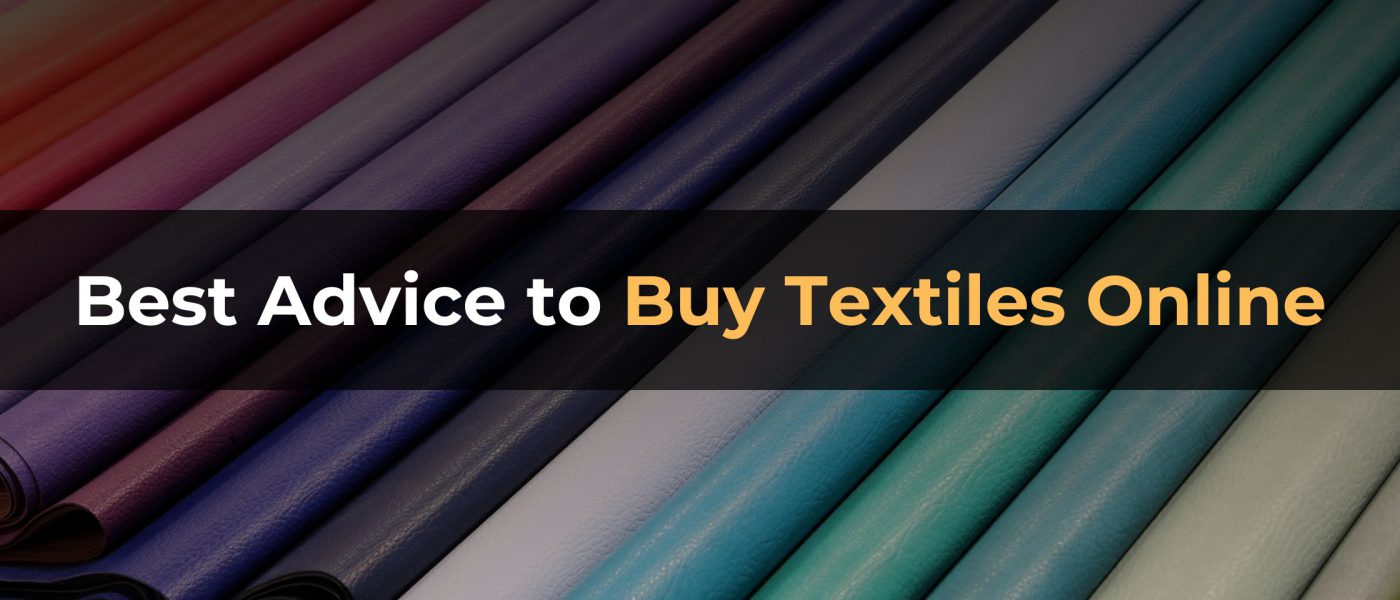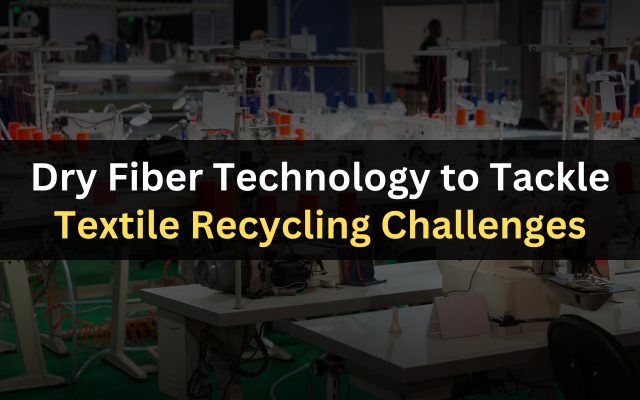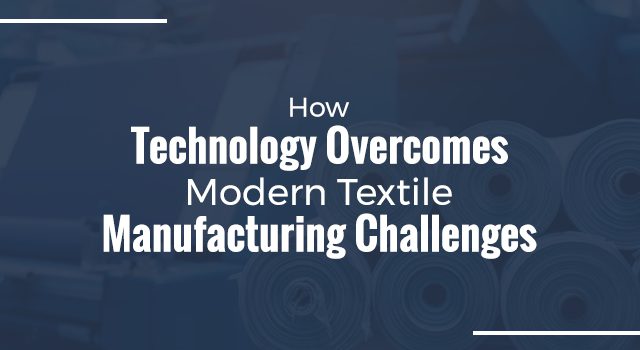Woven and nonwoven material suppliers from around the world are registered on TEXchange Global to find verified buyers from different marketplaces. Buyers from India, the USA, the UK, China, etc., use the portal to buy textiles online from certified suppliers at the best value. Regardless of what you do, whether you are a retailer, wholesaler, veteran, or start-up, from where you source your textile, how, and at what price will establish the difference between your success and failure. As one of the leading platforms to buy fabrics online in India, we will provide helpful tips on how to source quality textiles affordably.
How Should You Buy from B2B Non-Woven Material Suppliers?
Connecting with a B2B supplier in India is the ideal way for textile companies to source large quantities of textiles at affordable prices on TEXchange. Additionally, registering on TEXchange provides the buyer’s advantage of comparing real-time offers from various sellers before finalizing a deal. However, there are a few key points to keep in mind when you buy fabric online in India or any other country.
Compare Before You Settle Down with One Supplier
It is wise to consider offers from at least three suppliers before you make a decision. TEXchange Global allows suppliers to customize their offerings and even promote hot deals through TEXauction. Buyers must use specific search keys to find the most relevant offers. You can also directly contact the seller through the dashboard for clarifications on the supply chain or any other concerns you may have. Enable your notifications to receive alerts on Hot deals on TEXauction to secure the best supplier. When it comes to offline sourcing, do not settle down with the first manufacturing unit you visit. You have the liberty to check the factory infrastructure and production process. So, use the opportunity and make an informed decision.
Test the Textile Before Placing a Bulk Order
More often than not, what suppliers claim on offers and what we receive after placing an order are two different things. So, we recommend requesting sample fabrics or yardage before submitting an order online with nonwoven material suppliers.
Buyers must randomly test samples for consistency, quality, and color. However, the testing protocols may differ with each fabric type and application purpose. Testing must be performed on technical fabrics in certified labs.
Also, remember that colors, shades, density, and thickness often vary with each lot produced, as it depends on many factors. Therefore, if you need a particular shade and color for your customer, have enough in the inventory so you don’t run short of raw material.
How Far Can Your Non-Woven Material Supplier Scale?
For regular orders, there should be perfect correlation and continuity between production and the supply chain. Before you buy textiles online, it’s essential to confirm that your supplier can handle the size and frequency of your orders throughout the year. Check if they can accommodate both your current and future order sizes without compromising quality or delivery times. This helps avoid delays and shortages, which can negatively impact your business.
For instance, when you create sample collections using specific fabrics, the same fabric must be available in sufficient quantities for full-scale production. Ensure the manufacturer has enough yardage of the fabric used in your samples to meet the production demands. This avoids situations where you cannot replicate your designs due to fabric shortages.
Verify Ratings and Give Preference to Certifications, Especially for Technical and Geo Textiles
Platforms like TEXchange and Google listings provide valuable insights into the supplier’s reputation, reliability, and quality of service based on customer experiences. Review customer feedback and ratings on these platforms to gauge the supplier’s performance and credibility. Look for consistent positive feedback as well as any recurring issues or complaints. Certifications validate that the supplier meets specific standards and practices, particularly in areas like organic production, industrial quality, and sustainability.
Request and verify certifications from potential suppliers to ensure they adhere to industry standards and your brand’s values. Certifications might include GOTS (Global Organic Textile Standard) for organic fabrics or OEKO-TEX for harmful substances testing.
Location Plays a Crucial Role
The location of the supplier can increase or decrease your import or purchase cost. B2B leaders are generally more efficient and faster at processing bulk orders than smaller players. However, the location of the supplier significantly impacts the turnaround time (TAT). Leading textile exporters such as India, China, and the European Union dominate the online wholesale fabric market. Given that many distributors are based in these regions, here are six critical location-related factors to consider:
- Efficiency in communication across time zones. Ensure the supplier can coordinate and communicate despite the time zone differences.
- Calculate the total cost of shipping and customs duties from the supplier’s location. These costs vary significantly between regions and may affect the overall product price.
- Evaluate the typical delivery time and shipment company from the supplier’s location.
- Be aware of potential customs and political delays. Some countries may have longer customs processing times, or some regions may be experiencing political disparities.
- Confirm the supplier’s credibility, relating to transparency, work ethics, production process, and product quality, as you cannot visit them frequently.
- Understand the supplier’s order fulfillment strategy. Clear agreements on lead times, minimum order quantities, and handling procedures are essential to ensure smooth operations.
Buy Fabric Online in India through TEXchange Global, India’s Leading Textile Trading Platform
Non-woven fabrics are textile materials that are not manufactured like the traditional process—transforming fiber into yarn into fabric. Instead, the filaments or fibers are scattered on a tray and then bonded together by applying heat, pressure, or chemical formulation, resulting in a web, sheet, or mat of textile. For businesses looking for nonwoven material suppliers, connect with our trading experts. We will tell you how to register on TEXchange Global and create personalized offers to get prompt responses from buyers.




